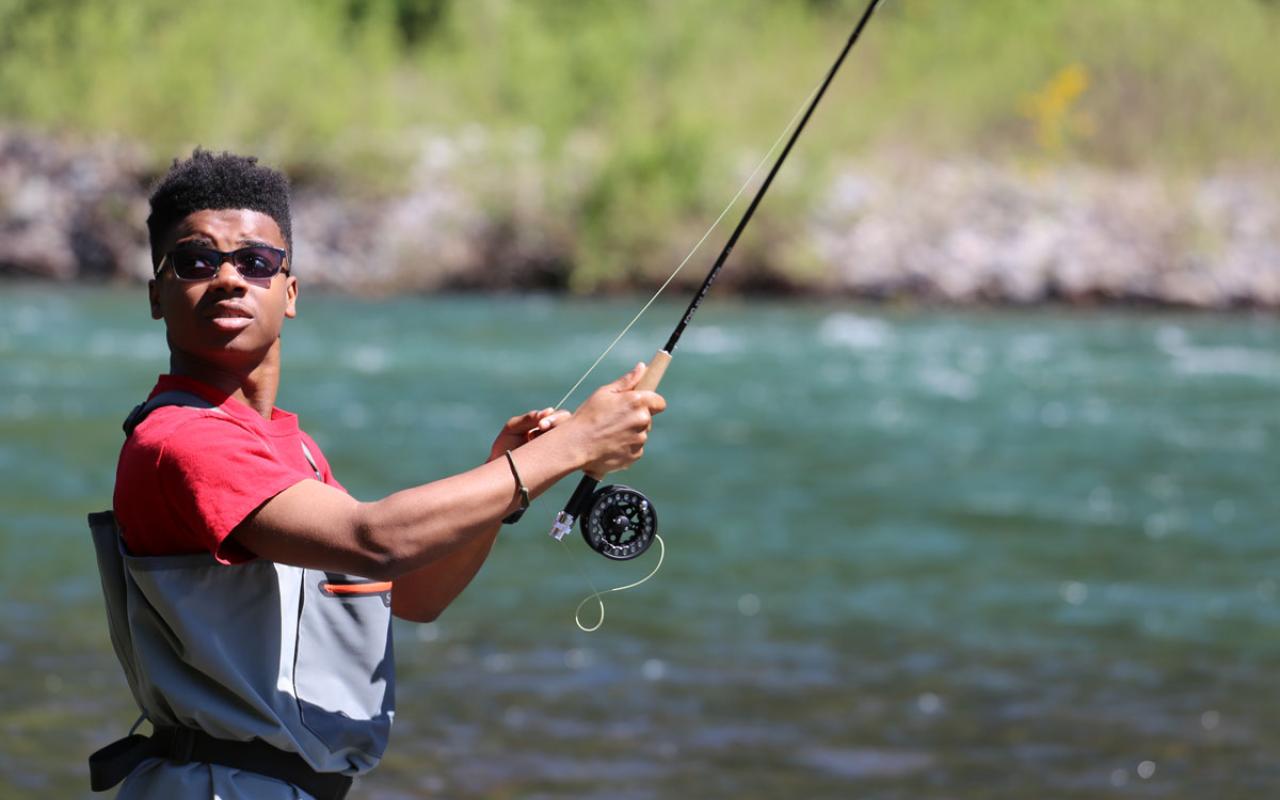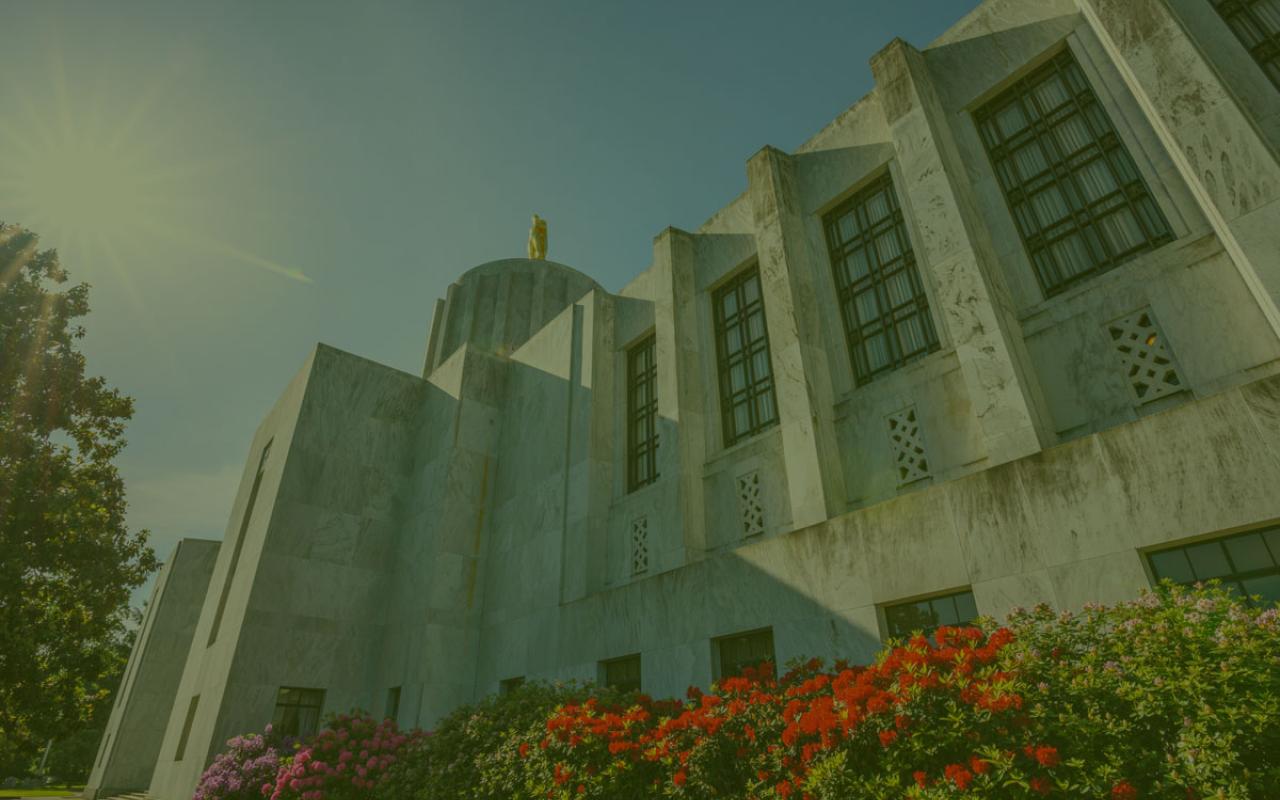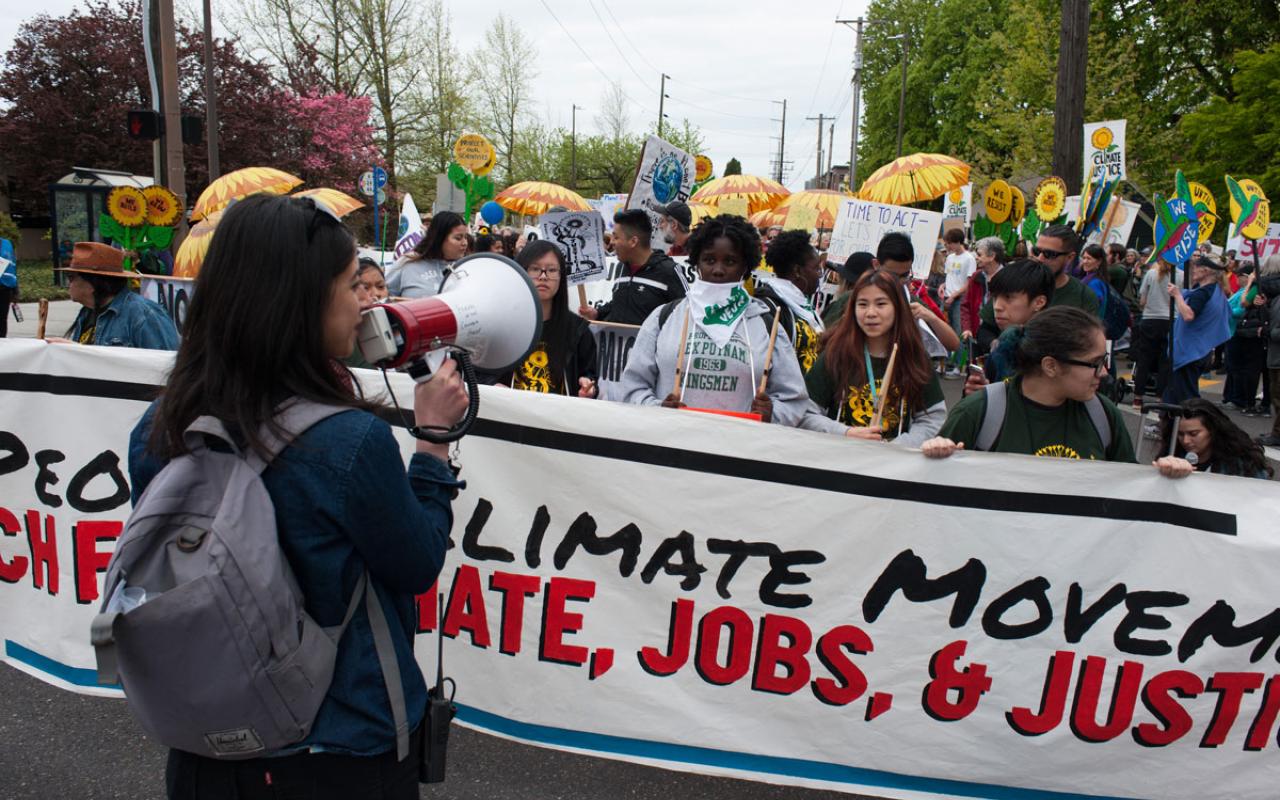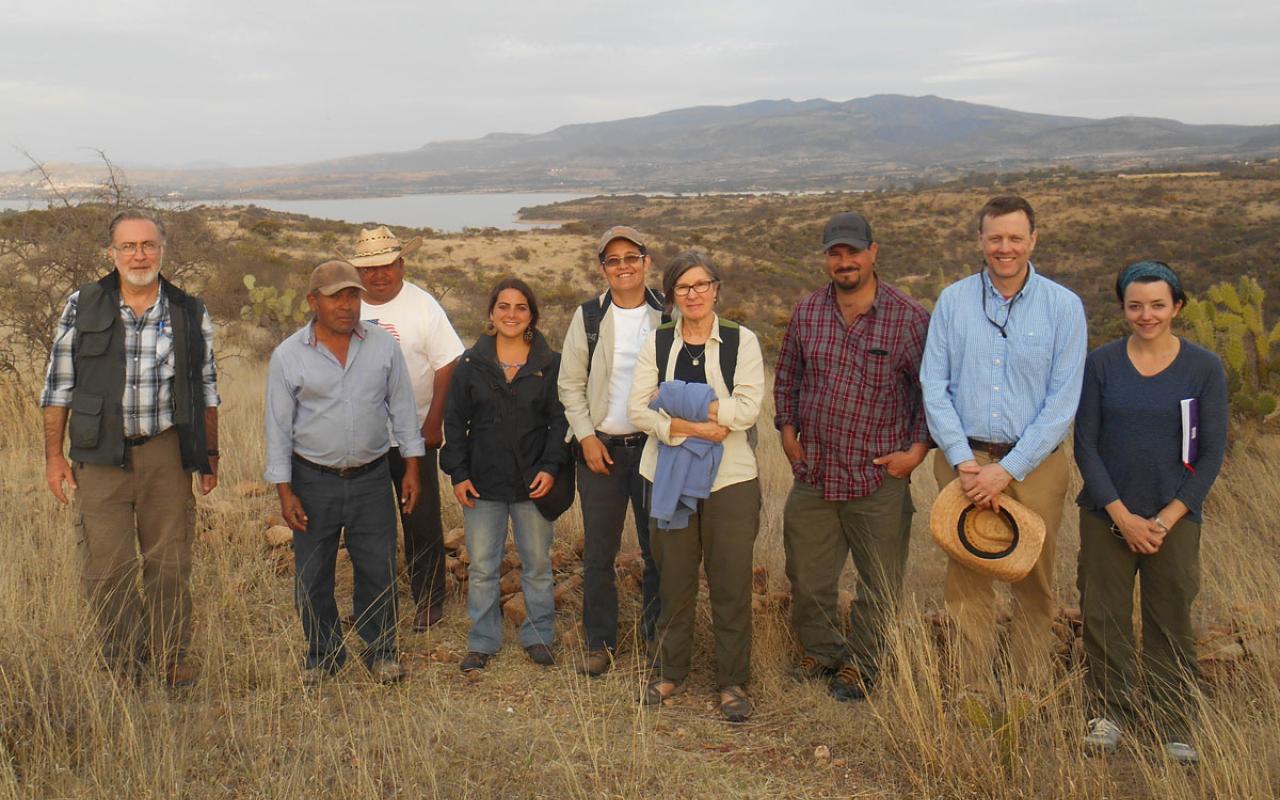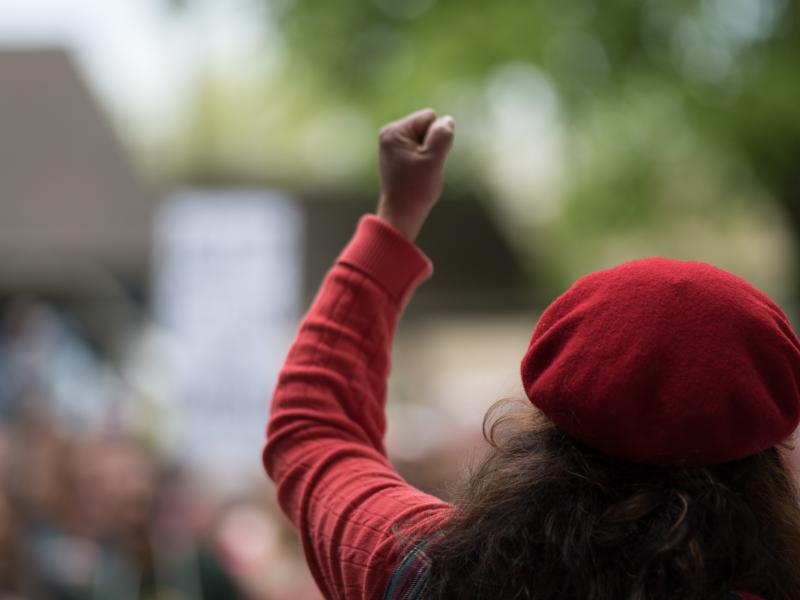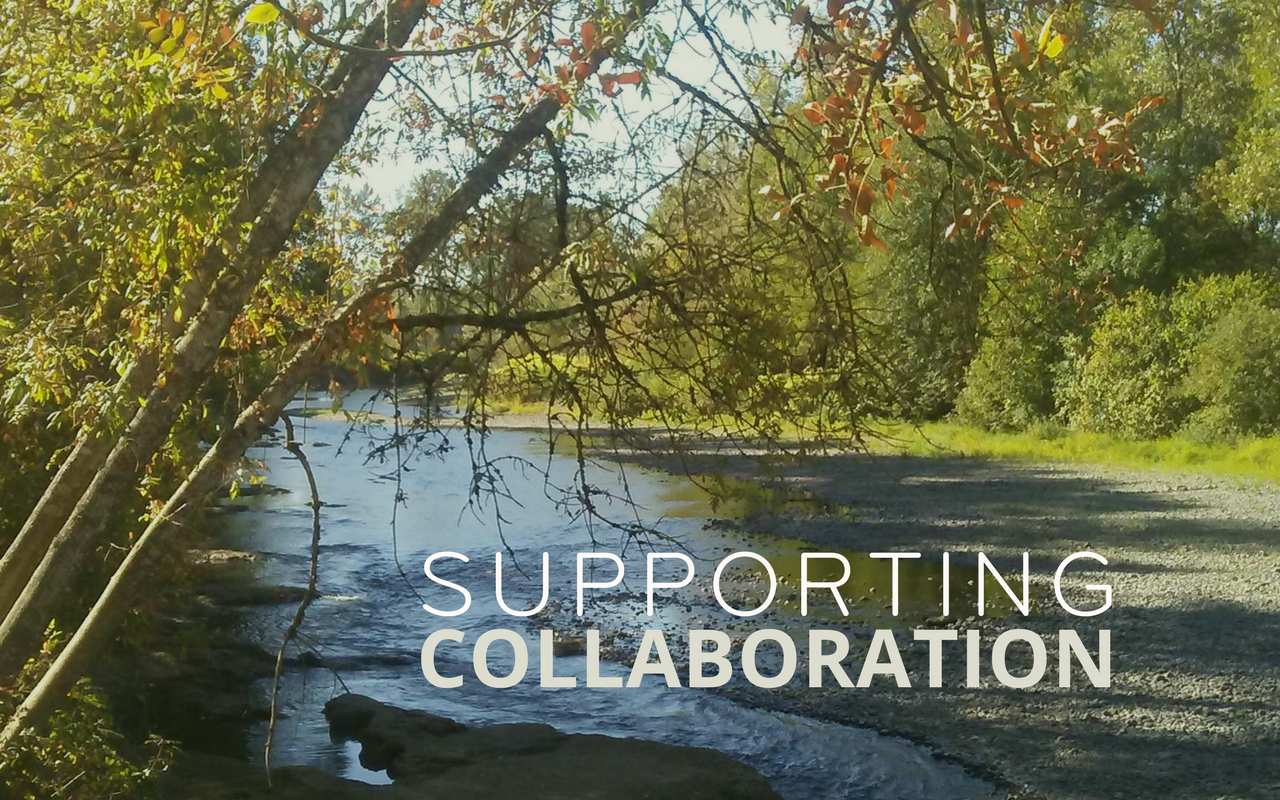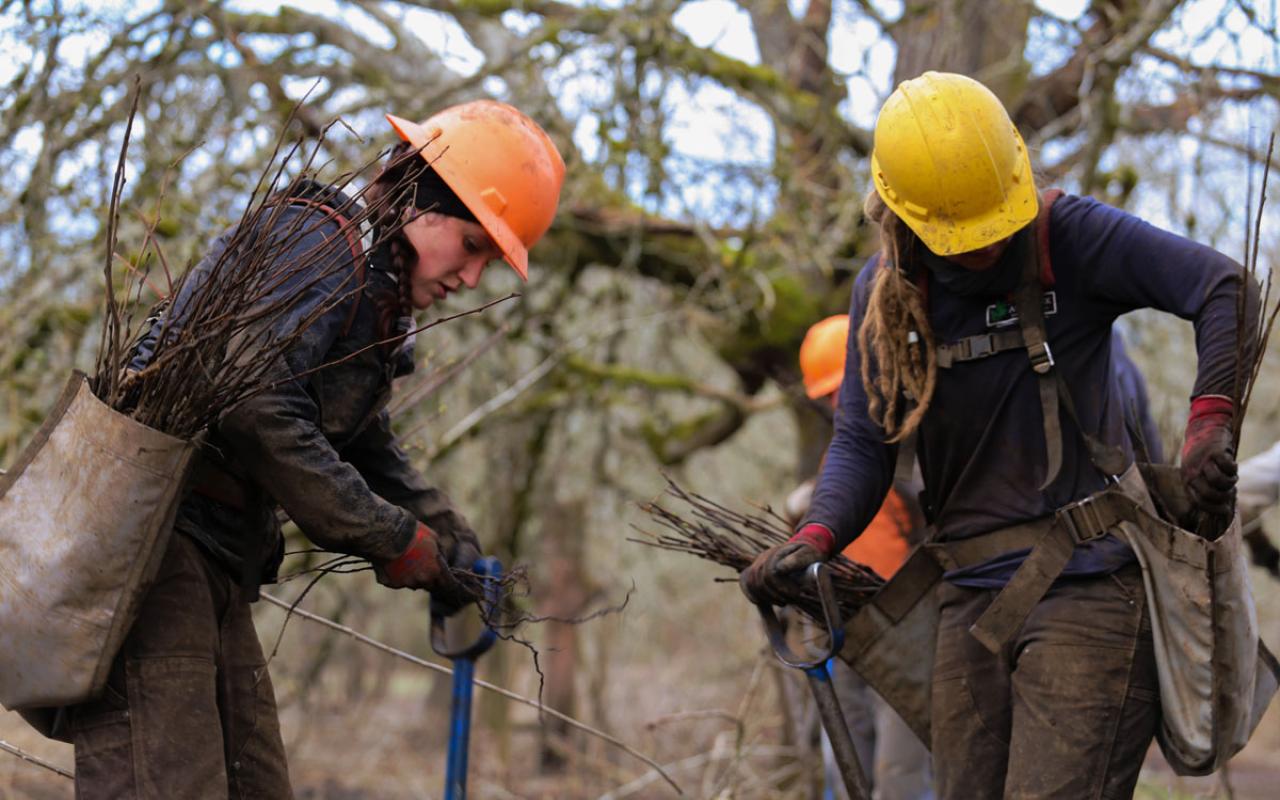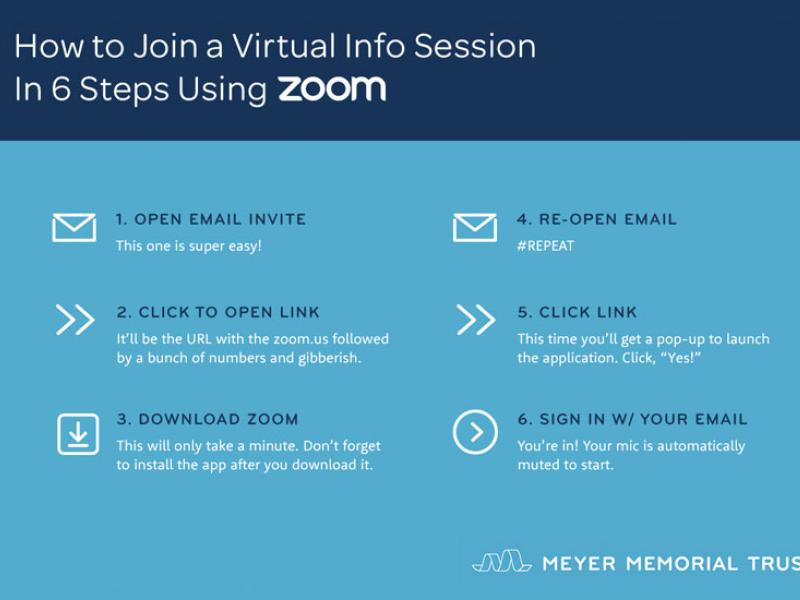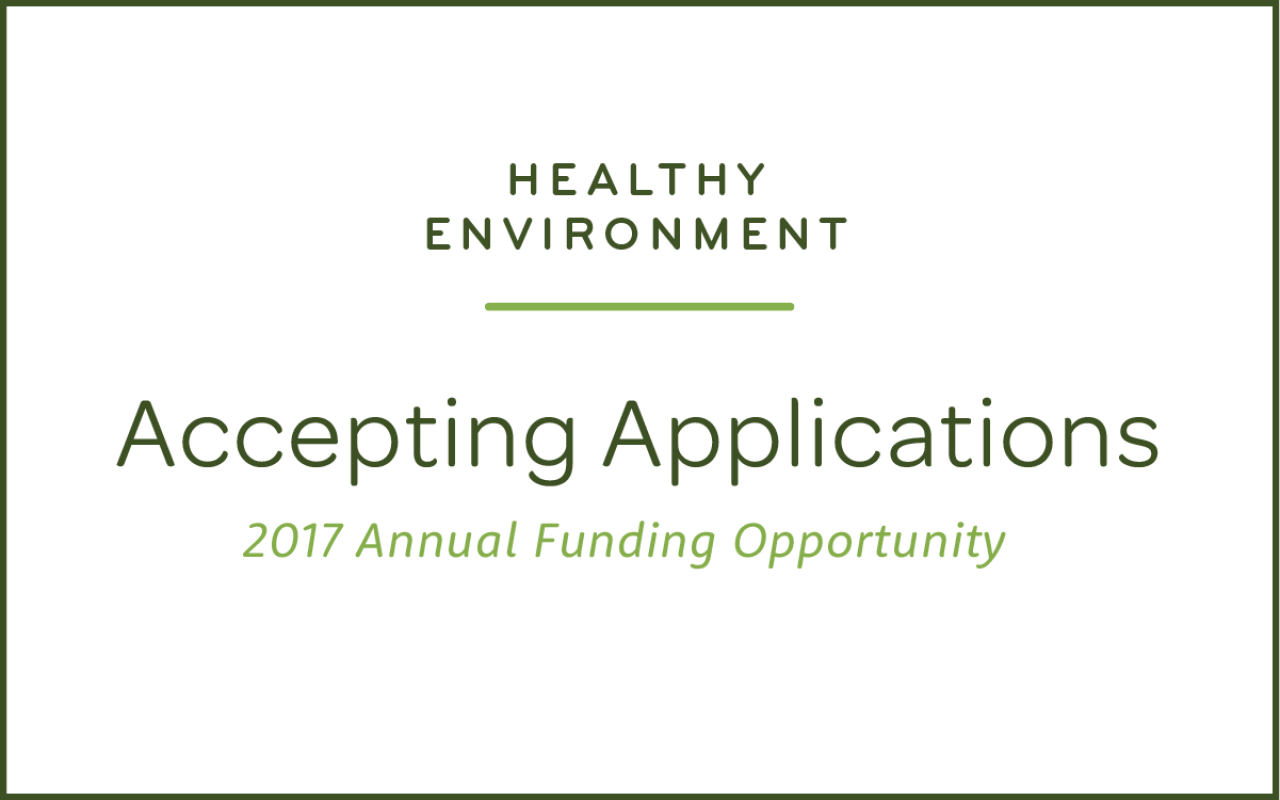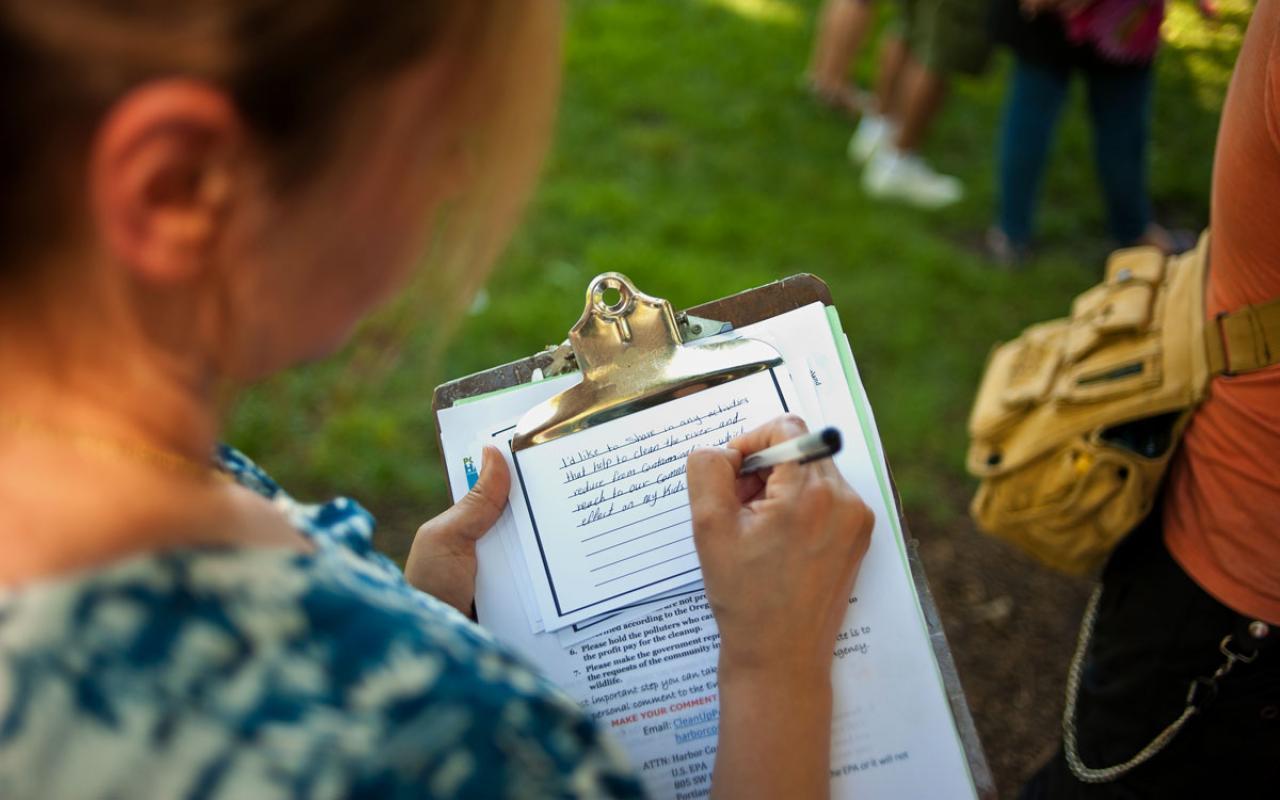Healing souls, nurturing diverse leaders in Oregon’s outdoors
Until eight months ago, 16-year-old Ayanna Beaudoin had never touched a fishing pole. She’d never camped. With few exceptions, she rarely left the Portland area.
But over a weekend in May, Beaudoin awoke in a tent under the towering conifers of Willamette National Forest, and by 10 a.m. she was wading knee-deep into the rushing spring waters of the Middle Fork Willamette River, 140 miles from home and light-years from the day-to-day stresses of urban teenage life.
She was among 14 teens who had come to this river on a trip organized by Soul River Inc., a Portland-based nonprofit that connects veterans and urban youths with experiences in nature designed to nurture environmental and community leaders. Most of the youths on this trip were Portland-area residents whose race, socioeconomic status, or other life circumstances can leave them at a disadvantage to their peers.
Ostensibly, they were here to fish. Over three days on the Middle Fork, they would learn to tie a fly and properly cast a line and how to identify fish species. But Beaudoin had a simpler, more profound explanation for the trip’s purpose.
“Creating a family,” she said. “Everyone here is super encouraging and positive. That’s kind of what family is supposed to be.”
Finding ‘Soul River’
That’s exactly the experience Chad Brown aims to provide the kids in his program.
Fishing and outdoor experiences are Soul River’s hook, he said, but the core goal of every outing is to create an environment that encourages personal growth among the youths. He calls it finding their soul river.
“When you can understand what that is,” Brown says, “that becomes your special place that can help you build a stepping stone in coping with the life challenges that come before you.”
The trips, which Brown dubs “deployments,” are central to Soul River’s mission and deeply personal for Brown.
A U.S. Navy veteran whose four years of service included deployments to the Gulf War and Operation Restore Hope in Somalia, Brown emerged from duty with severe post-traumatic stress disorder. When his trauma pushed Brown to the brink of suicide, fly-fishing became the coping mechanism that pulled him back.
He founded Soul River in 2013 to share his belief in the power of rivers to heal and transform, particularly with underserved urban youths who might lack the means to access Oregon’s wild places.
“The gear can be expensive. Transport to the river can be expensive. It’s time-consuming,” Brown said. “You don’t find a lot of blue-collar folks who can commit to all that. Mom and Dad are working hard. They don’t have time to buy into that lifestyle.”
National surveys of outdoor recreation participants indicate the community skews older, whiter and wealthier. A 2014 report from the Outdoor Foundation found 40 percent of people who recreate outdoors have a household income of $75,000 or more. Although minorities make up more than a third of the U.S. population, they represent only a fifth of visitors to national parks, according to National Park Service survey figures released in 2011. A survey of U.S. Forest Service visitors from 2008 to 2012 found even starker underrepresentation: Ninety-five percent were white.
Since launching Soul River, Brown has transported youths to the far-flung reaches of Oregon and even to the Arctic Circle. Combat veterans serve as their guides and mentors.
On the deployments, the kids learn practical outdoor and survival skills and get lessons on how to be stewards of the land. They’re given opportunities to lead their peers and expected to take responsibility for the duties inherent in keeping camp. And perhaps more importantly, they’re given the time, space and encouragement to learn about themselves.
“What makes fishing so special is that it welcomes an opportunity to learn about science, to learn about art, history, culture, yourself,” Brown said. “The river connects to everything.”
Knowing the Willamette
This time, part of the curriculum would include a comprehensive primer on the Willamette, a well-known but oft-misunderstood river.
Once a dumping ground for industrial waste and municipal sewage, the river of today is clean enough to swim in, fish in and use as a drinking water source. Yet its polluted legacy continues to stoke fears that prevent some Oregonians from connecting with the watershed in their own backyards.
With support from Meyer, Brown used this fishing trip as an opportunity to teach the youths something new about their home watershed by arranging for Willamette River conservation leaders to speak each night.
Gabe Sheoships, education director with the Friends of Tryon Creek and a member of the Confederated Tribes of the Umatilla Indian Reservation, detailed the river’s historic importance among Oregon’s tribes. He taught the campers about the Willamette’s First Foods — the salmon, lamprey, wapato and other foods that have sustained tribal people for eons — and shared techniques for cooking them.
Scott Youngblood, the Oregon Parks and Recreation Department’s Willamette River Greenway ranger, taught them that the river is 187 miles long and that 13 dams plug its tributaries. He detailed its history and tipped the students off to internship opportunities in the Willamette conservation field.
And Michelle Emmons, serving in the roles of Willamette Riverkeeper south valley advocate and education and outreach coordinator for the Middle Fork Willamette Watershed Council, discussed why youth conservation leadership and advocacy efforts were important, how to get involved, and which career opportunities exist.
The kids also learned about the river firsthand during afternoons spent plunking lines into the blue-green water.
“I like to think of my arm as a windshield-wiper,” 15-year-old Andre Tharp explained as he took a break from fishing. “You don’t want to cast with your wrist.”
Healing souls, growing leaders
But it’s not all for the kids. The veterans who help Brown lead the trips say they get just as much out of the deployments as the students.
The kids don’t recognize their guides as battered soldiers, said Matthew Dahl, an Army veteran and Soul River volunteer. They see them as friends and mentors. In this setting, the veterans’ experience with pain becomes a teaching tool, making them ideal mentors for youths dealing with teenage traumas.
“They make me realize that what I’ve been through doesn’t define me,” Dahl said.
The program hasn’t been around long enough to track students’ success long-term. But if Kolby Cantue-Cliette’s experience is any indication, Soul River seems to have landed on a successful model for bringing up leaders.
Like most of Soul River’s youths, Cantue-Cliette had no experience outdoors when she joined in 2016. Since then, she has been to the Owyhee Canyonlands, the Olympic Peninsula and the Arctic Circle, developing into a confident leader and teacher among her Soul River peers. On the Willamette deployment, she interviewed the river’s conservation leaders during taped news segments designed to spread outdoor knowledge and appreciation to a broader audience.
She spends her free time converting classmates into conservationists. And this fall, she is headed to the University of Oregon to pursue an environmental studies degree — something she never would have considered before joining Soul River.
When she goes away to school, Cantue-Cliette plans to bring a fishing pole.
“It’s part of me now,” she said. “It’s in my blood.”
— Kelly
